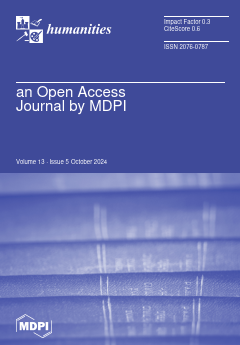After a decade of dormancy following the release of Tōhō Studios’
Godzilla: Final Wars (2004), Godzilla and other
kaijū burst back onto the scene with Legendary Pictures’
Godzilla (2014). Several American sequels and a television series set in Legendary’s MonsterVerse quickly followed over
[...] Read more.
After a decade of dormancy following the release of Tōhō Studios’
Godzilla: Final Wars (2004), Godzilla and other
kaijū burst back onto the scene with Legendary Pictures’
Godzilla (2014). Several American sequels and a television series set in Legendary’s MonsterVerse quickly followed over the next ten years. Meanwhile, Japan’s Tōhō used their radioactive creation’s global success to reignite their own films with
Shin Godzilla (2016), an animated trilogy, and
Godzilla Minus One (2023). Short-format media like
Chibi Godzilla and
Godziban also circulated thanks to streaming services. Similarly, Godzilla’s longtime competitor Gamera also emerged from hibernation in an animated series produced by Kadokawa Corporation,
Gamera Rebirth (2023). But how do these new installations relate to or depart from their predecessors’ predilection to address environmental concerns? This article continues the ecocritical analysis of
kaijū eiga, expanding it to the 2010s and 2020s, as a coda to our duograph
Japan’s Green Monsters (2018). This article picks up where we left off, examining the recent releases from an ecocritical standpoint. This analysis reveals that today’s films remain steeped in environmental commentary, but both fragmented and updated for the new concerns of the twenty-first century.
Full article





